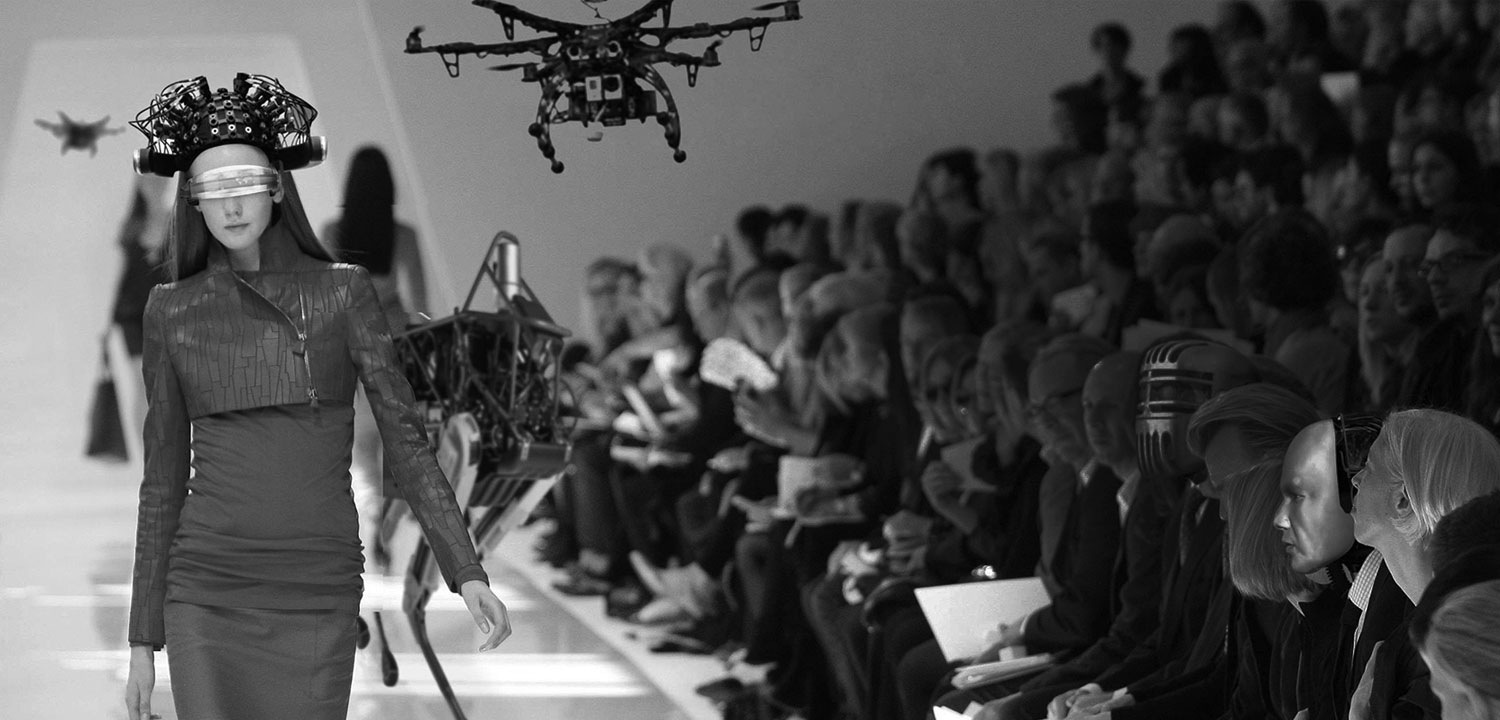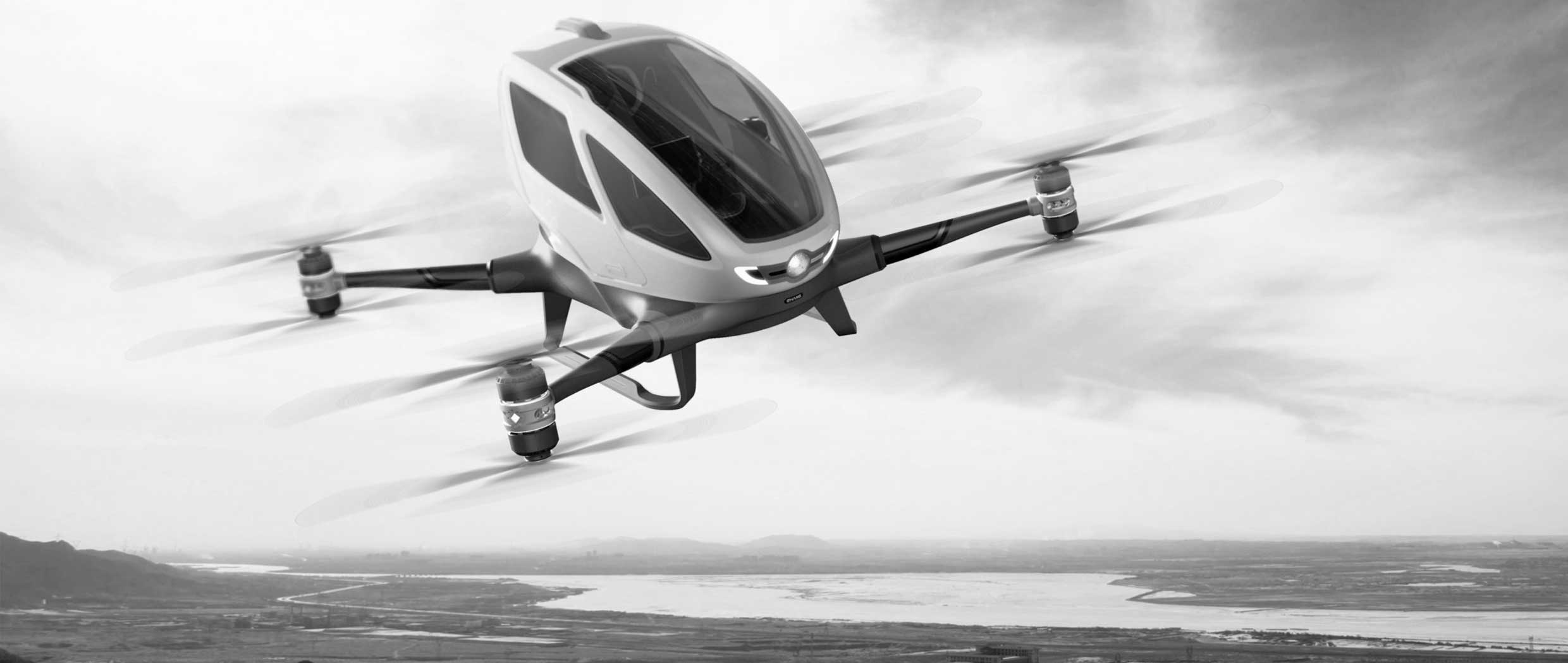The world around us is heavily impacted by technology from the cars we drive to the infrastructure of society. Yet, most of us rarely think about advancing one fundamental area of life: our garments. But, that may change with advances in Smart Fabric and fashion technology, turning our clothing into an interface.
Unleashing the Interface
Our cell phones, fitness trackers, smart watches, etc… have all improved our lives greatly. But, not without adding some friction to our daily lives.
Yes, your cell phone allows you to work from anywhere in the world. However, you had to start carrying this boxy thing to do so. It takes up space in your pockets, easily breaks if you drop it, and finds a way to get lost at least once a year. The cell phone brings a lot of friction and unnecessary stress into our lives.
That’s why our devices must leave the confines of their current hardware to remove the friction. Our devices are evolving into everyday items that don’t take up extra space, get lost, stolen, or broken.
One evolution of our devices I previously talked about is digital tattoos that act as a TV remote or fitness tracker, transforming your skin into the next technology interface. It’s brilliant, since we don’t go anywhere without our skin and tattoos have a reputation for not going away. But, let’s be honest, most of us aren’t exactly standing in line to bring that level of permanence to our skin.
The evolution of our devices that is far less permanent and equally as intimate will happen with our clothing.
The Smart Fabric Revolution
Touch-sensitive textiles, which we’ll call Smart Fabric turns our clothes into a computer interface. By weaving conductive threads within materials, Smart Fabric can send and receive touch-based signals very much the same way your touchscreen devices operate.
Google foreshadowed this fashion technology with their initiative, Project Jacquard. Teaming up with Levi’s, they turned a regular jean jacket into a technological interface. Intelligent, capacitive fibers woven into the cuff of the Commuter Jacket allow you to interact with the arm of your jacket to play music, get directions, answer calls, and a plethora of other abilities.
Google’s smart jacket is just one innovation in fashion technology – a future trillion dollar market that will range from jackets and socks to purses and gloves. They can all be innovated upon. Imagine tugging on the strap of your purse a certain way to signal authorities you feel unsafe in a situation.
Undoubtedly, interacting with your clothing as if it were a device sounds complicated and confusing. But, didn’t it take you some time to figure out how to operate your smartphone? It certainly did for me with the iPhone X (I miss my home button). And I know some co-workers who still struggle to use their Apple Watch.
Speaking of which, even Apple has indicated their interest in the feasibility of fashion technology after filing a few patents surrounding Smart Fabric.
Ideally, Smart Fabric is programmed so intuitively that normal gestures align with the desired action. In some cases, Smart Fabric will work regardless of our knowledge.
The Ambience of Fashion Technology
The real possibilities of fashion technology lie in ambient computing, which is essentially computing that happens “in the background”. Ambient computing is an essential part of the data collection process because it works without your undivided attention.
Ambient computing is particularly fascinating when applied to the fashion technology lens because it means we could collect valuable data on our own bodies – the vehicles of life.
Outside of the advanced research done at sports science institutions, we don’t have much data on the average human body and its kinesthetics. We don’t fully understand how it functions in contemporary environments.
Now, I know what you’re thinking, I don’t really want my clothing collecting data on me. That sounds way too invasive. But, think about what it could mean for our health.
For runners, it could help correct running technique by pinpointing areas of excess stress on the legs. Thus preventing future injuries. More universally, this data could be used to help alleviate minor back pain rooted in one’s posture.
Fashion technology could play a major role in helping us live longer, healthier, and more enjoyable lives. Breathable fabrics you never need to wash, clothing with digital displays, and Smart Fabric are all within the scope of fashion technology.
The textile industry is in for an exciting facelift – removing friction by transforming the garments themselves into an interface.
Variety vs. Routine
Friction is all around us from the products we use to the services we subscribe to the behaviors we make. Friction is taking 15 minutes to decide what to wear every morning, the 20 minutes it takes to find something to watch on Netflix, and even the 2 minutes it takes you to get rid of all your junk emails. The list goes on.
To conquer daily friction, you must create routines. For instance, just like Mark Zuckerberg, I wear the same outfit every day. Not the same clothes. I have multiple pairs of the same clothes. But, it allows me to eliminate the friction of deciding what to wear.
Unfortunately, routines are very boring. There’s nothing fun about routine. You go through a routine to get to more important things.
On the flip side, they say variety is the spice of life. In variety, we find ideas and inspiration. Variety brings us new experiences that change our worldview and shake up the monotony. Sometimes I’ll hop on a random bus for fun and see where it takes me.
But, variety is also very unpredictable and filled with friction against our progress. Too much variety can leave us crippled by the endless possibility.
There’s a harmony between routine and variety we all need to find in order to be productive, creative beings.
If you find your days to be too boring. Then you need more variety in your life. If you find your days to be too unpredictable and struggle to get things done. Then you need more routine.
Everyone’s harmony is different. You’ll only find yours by consciously evaluating and experimenting.
I hope you enjoyed this week’s Quick Theories on fashion technology. As always, shoot me an email with your thoughts on the fashion future and eliminating daily friction.



Very intriguing article. I have watched the changes in the Fashion Tech space as well and find the products you mentioned and similar @likeaglove to be quite revolutionary. The question of how much AI we truly need in our lives is a question I struggle with. As a tech lover, I revel at how tech improves healthcare, makes the world more accessible and open and can make our lives more productive. The question I always ask is “when is it too much?”